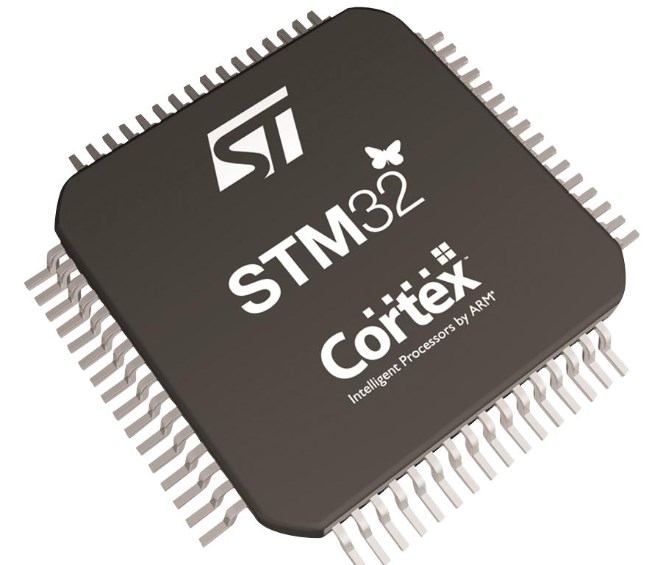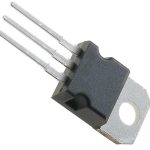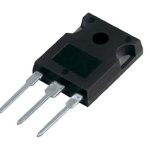Whether you’re a beginner looking to enter the realm of microcontrollers or an experienced developer seeking a powerful and versatile platform, this guide will provide you with all the essential information you need to get started with STM32.In this blog, we will explore the STM32 and provide some useful information for you!
Introduction to STM32
The STM32 microcontroller series, developed by STMicroelectronics, is widely recognized and utilized in the embedded systems industry. These microcontrollers are built around the ARM Cortex-M processor cores, providing a powerful and flexible platform for a diverse range of applications.
What is STM32 used for?
STM32 microcontrollers find application in various industries, including consumer electronics, industrial automation, automotive, healthcare, and more. They are commonly used in projects requiring real-time processing, low power consumption, connectivity options, and high-performance computing capabilities.
Features of STM32
- High-performance Cores: STM32 microcontrollers incorporate different ARM Cortex-M cores, such as M0, M0+, M3, M4, and M7, offering a wide range of performance levels to suit different requirements.
- Memory Options: STM32 models come with varying flash memory sizes, ranging from a few kilobytes to several megabytes. Additionally, they offer RAM sizes suitable for different applications.
- Peripherals and Interfaces: STM32 microcontrollers feature a rich set of peripherals, including UART, SPI, I2C, USB, CAN, Ethernet, ADC, DAC, timers, and more. This extensive peripheral ecosystem allows seamless integration with external devices.
- Low Power Consumption: STM32 microcontrollers are designed to optimize power efficiency, making them suitable for battery-powered and energy-efficient applications.
- Rich Development Ecosystem: The STM32 ecosystem provides comprehensive development tools, including software libraries, integrated development environments (IDEs) like STM32CubeIDE, and extensive documentation to support developers throughout their projects.
How to use STM32?
Using STM32 microcontrollers involves several steps:
- Hardware Selection: Choose the appropriate STM32 model based on your project requirements, considering factors such as processing power, memory size, peripheral availability, and cost.
- Development Environment Setup: Install the necessary software tools, including the IDE (such as STM32CubeIDE or Keil MDK), and configure it for STM32 development.
- Code Development: Write your application code using a programming language such as C or C++. Utilize the available libraries and APIs provided by STMicroelectronics to leverage the microcontroller’s features efficiently.
- Compilation and Debugging: Compile your code using the chosen IDE, ensuring proper configuration and optimization settings. Use the debugger to identify and fix any issues during the development process.
- Testing and Deployment: Upload the compiled code onto the STM32 microcontroller using various programming methods, such as in-circuit debugging (ICD), JTAG, or bootloader. Test your application on the target hardware and iterate as necessary.
STM32 Models
Model 1: STM32F103ZET6
This is a high-performance microcontroller from the STM32F1 series. It features an ARM Cortex-M3 core running at up to 72 MHz, with 512 KB of Flash memory and 64 KB of RAM. It also includes various peripherals such as UART, SPI, I2C, ADC, timers, and more.
PCB Symbol and Footprint:

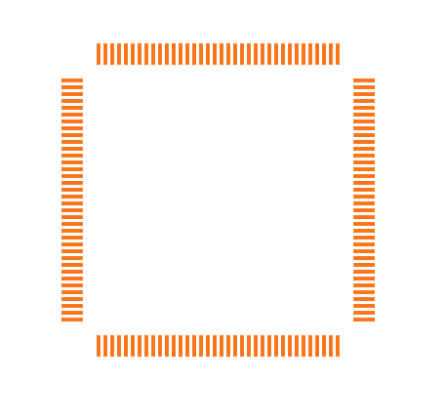
Datasheet: STM32F103ZET6 Datasheet
Model 2: STM32F427VIT6
This microcontroller belongs to the STM32F4 series. It is based on the ARM Cortex-M4 core running at up to 180 MHz. It offers 2 MB of Flash memory, 256 KB of RAM, and a wide range of peripherals including USB, Ethernet, CAN, UART, SPI, I2C, and more.
PCB Symbol and Footprint:
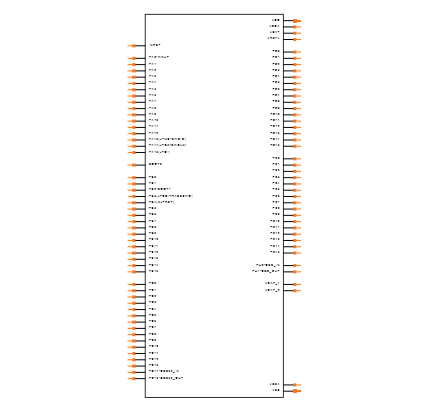
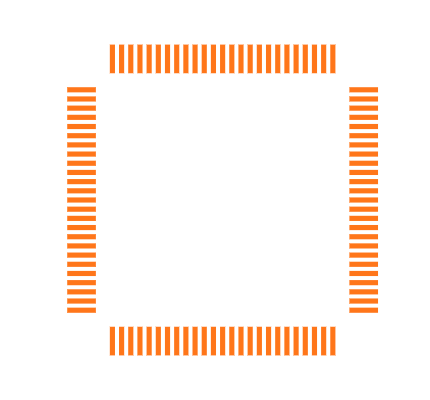
Datasheet: STM32F427VIT6 Datasheet
Model 3: STM32F767ZIT6
Another member of the STM32F7 series, this microcontroller utilizes the powerful ARM Cortex-M7 core running at up to 216 MHz. It provides 2 MB of Flash memory, 512 KB of RAM, and offers advanced features such as an FPU (Floating Point Unit), Ethernet, USB, CAN, SDIO, and extensive connectivity options.
PCB Symbol and Footprint:
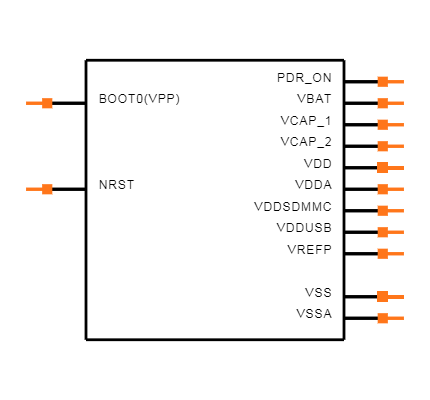
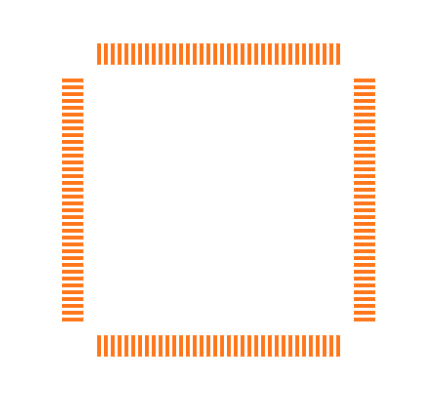
Datasheet: STM32F767ZIT6 Datasheet
Model 4: STM32F030F4P6TR
This microcontroller belongs to the STM32F0 series, which focuses on cost-effective solutions. It features an ARM Cortex-M0 core running at up to 48 MHz. With 16 KB of Flash memory and 4 KB of RAM, it is suitable for low-power applications. It includes UART, SPI, I2C, GPIOs, timers, and other basic peripherals.
PCB Symbol and Footprint:

Datasheet: STM32F030F4P6TR Datasheet
Model 5: STM32F446RET6
Part of the STM32F4 series, this microcontroller utilizes the ARM Cortex-M4 core running at up to 180 MHz. It provides 512 KB of Flash memory, 128 KB of RAM, and offers a wide range of peripherals such as USB, UART, SPI, I2C, ADC, timers, and more.
PCB Symbol and Footprint:

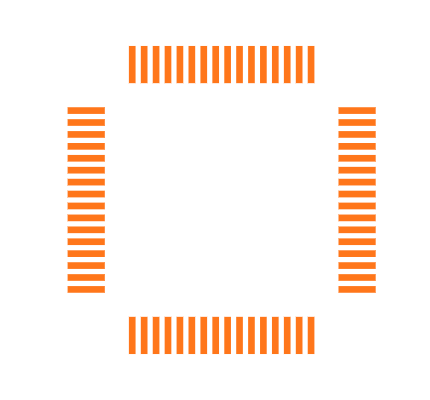
Datasheet: STM32F446RET6 Datasheet
Model 6: STM32F407VET6
This microcontroller belongs to the STM32F4 series and is based on the ARM Cortex-M4 core running at up to 168 MHz. It provides 512 KB of Flash memory, 192 KB of RAM, and features various peripherals including USB, UART, SPI, I2C, Ethernet, CAN, and more.
PCB Symbol and Footprint:
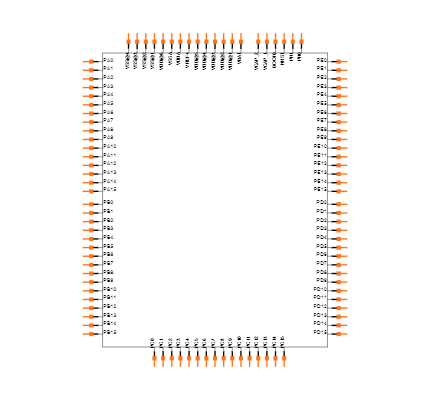
Datasheet: STM32F407VET6 Datasheet
Model 7: STM32F103CBT6
From the STM32F1 series, this microcontroller uses the ARM Cortex-M3 core running at up to 72 MHz. It offers 128 KB of Flash memory, 20 KB of RAM, and includes common peripherals like UART, SPI, I2C, ADC, timers, and more.
PCB Symbol and Footprint:
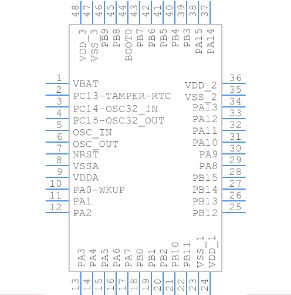
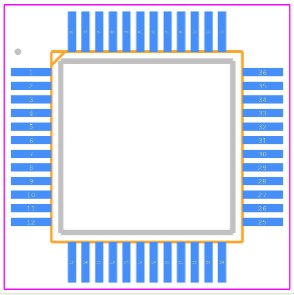
Datasheet: STM32F103CBT6 Datasheet
Model 8: STM32F103RCT6
This microcontroller also belongs to the STM32F1 series and utilizes the ARM Cortex-M3 core running at up to 72 MHz. It provides 256 KB of Flash memory, 48 KB of RAM, and offers similar peripheral options as other members of the STM32F1 series.
PCB Symbol and Footprint:


Datasheet: STM32F103RCT6 Datasheet
Model 9: STM32F405RGT6
Part of the STM32F4 series, this microcontroller features an ARM Cortex-M4 core running at up to 168 MHz. It provides 1 MB of Flash memory, 192 KB of RAM, and includes advanced peripherals such as USB, UART, SPI, I2C, Ethernet, CAN, and more.
PCB Symbol and Footprint:
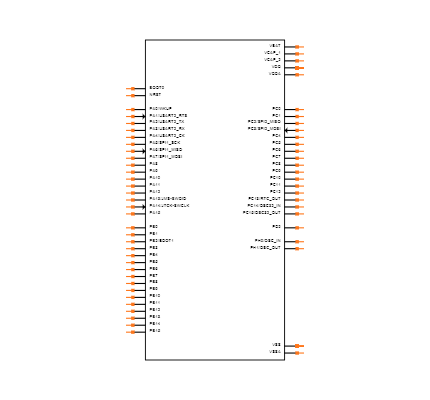
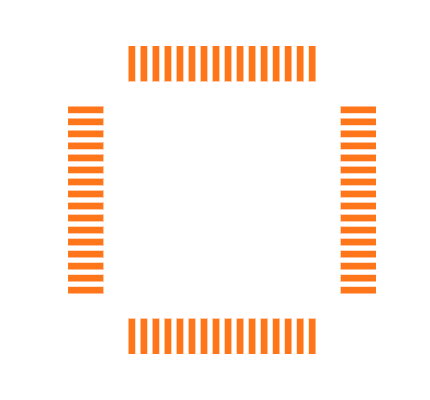
Datasheet: STM32F405RGT6 Datasheet
Model 10: STM32F030C6T6
This microcontroller belongs to the STM32F0 series and is based on the ARM Cortex-M0 core running at up to 48 MHz. It provides 32 KB of Flash memory, 4 KB of RAM, and includes basic peripherals like UART, SPI, I2C, GPIOs, timers, and more.
PCB Symbol and Footprint:
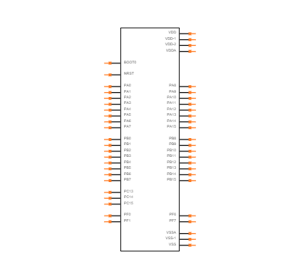
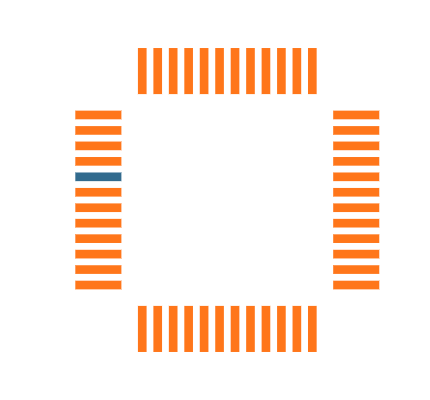
Datasheet: STM32F030C6T6 Datasheet
Comparison
STM32 VS Arduino
While Arduino is beginner-friendly and suitable for rapid prototyping, STM32 microcontrollers offer more processing power, memory options, and extensive peripheral support. They are ideal for complex projects requiring advanced features and high performance.
RP2040 VS STM32
The RP2040 microcontroller, developed by Raspberry Pi, targets low-cost applications. Although it offers impressive performance, STM32 microcontrollers provide a wider range of models, peripherals, and an established ecosystem, making them suitable for a broader scope of projects.
STM32 VS PIC32
STMicroelectronics’ STM32 microcontrollers and Microchip’s PIC32 series share similar ARM Cortex-M cores but differ in their peripheral sets, memory options, and development ecosystems. STM32 microcontrollers generally provide more features and a broader selection, whereas PIC32 microcontrollers may excel in specific applications due to their unique capabilities.
STM32 VS ATmega328
ATmega328 microcontrollers, commonly found in Arduino boards, are cost-effective and beginner-friendly. However, STM32 microcontrollers offer more processing power, larger memory sizes, and a broader range of peripherals, making them suitable for more demanding projects.
Conclusion
We hope this guide has given you a solid understanding of STM32 microcontrollers and their vast potential. Whether you’re interested in building IoT devices, robotics, industrial automation systems, or any other embedded application, STM32 provides the tools and resources to bring your ideas to life.

